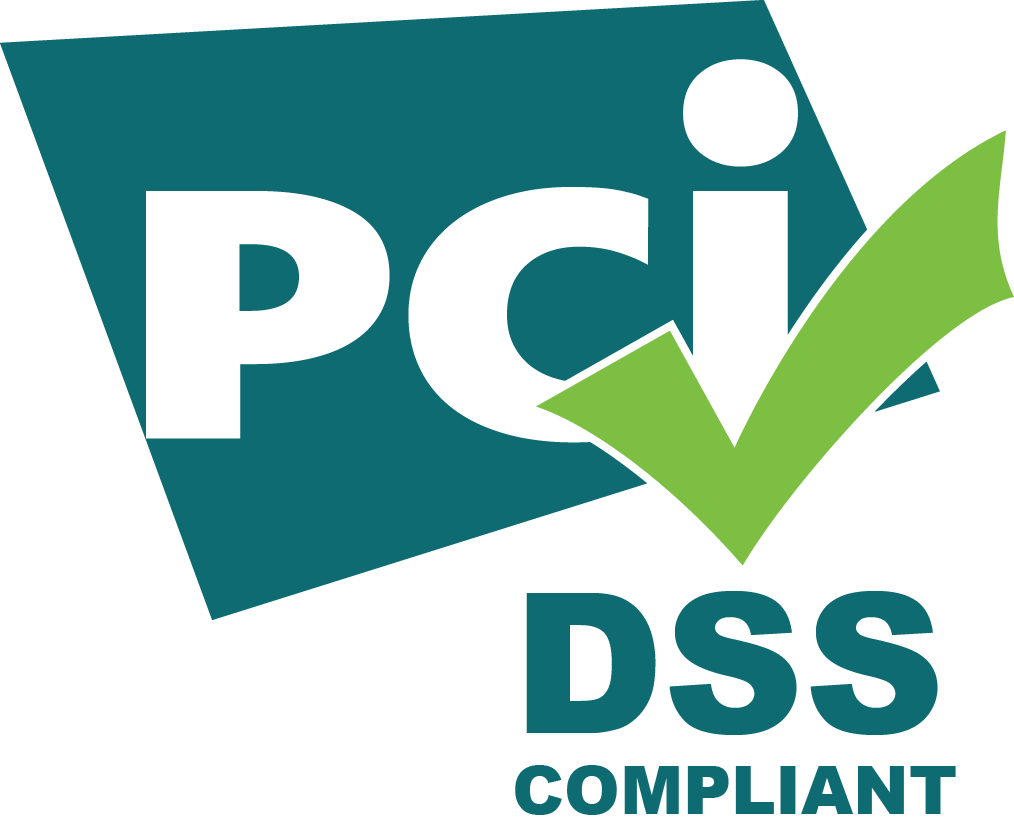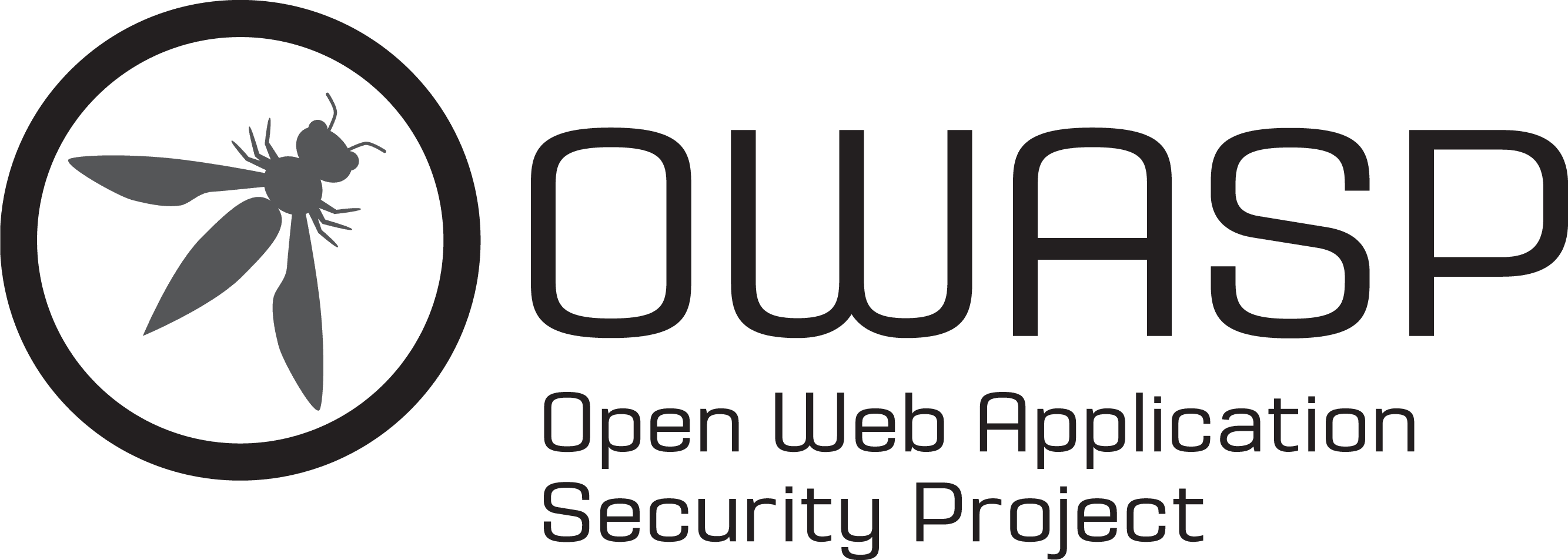Cloud penetration testingis used to assess the strengths and weaknesses of a cloud system to strengthen its overall security posture.
Risks, vulnerabilities, and gaps can be identified through cloud penetration testing, as well as vulnerabilities that can be exploited.
Cloud security is a critical feature of any online computing environment. Cloud Penetration Tests aims to recognize risks and vulnerabilities in the following platforms:
1. Cloud-based servers
2. Web applications
3. Networks
4. Online systems
5. Hosts
6. Network devices (routers, switches, etc.)
We comply with all major IT security testing guidelines
Our team of professional experts employs the best security standards in the industry.






Cloud Account Methodology
Vulnerability classifications superimposed by Kéntro’s discursive technique. for cloud penetration testing are not limited. The procedure to perform the cloud account security test is as follows:
- CLOUD ACCOUNT CREDENTIALS
- IAM Users
- IAM GROUPS
- IAM ROLES
- SAML AND OIDC
- SAML AND OIDC
- VIRTUAL MACHINE SECURITY
- CLOUD SERVICES
Frequent questions
What is the purpose of the cloud security assessment?
The primary goal of cloud penetration testing and security assessment is to identify exploitable vulnerabilities in cloud-based servers, web applications, networks, systems, hosts, and network devices (i.e., routers, switches, etc.) before hackers can discover and exploit them. Cloud security tests will reveal real-world cloud security threats that can allow hackers to compromise cloud-based systems, servers, and web applications. These vulnerabilities can give hackers unauthorized access to sensitive data or even allow them to take control of systems for malicious or non-commercial purposes.
What is the difference between cloud security tests and regular security tests?
The objective of both cloud security tests and normal security tests is to provide maximum security to the data stored within it. However, the conventional server comes with maintenance costs, and managing the security of on-premises servers/applications can be difficult at times. Having a cloud infrastructure is more scalable, faster and more cost effective. A cloud approach may be the best solution.
What are the different methods to strengthen security in the cloud?
Cloud security hardening includes securing respective firewalls, tokenization, preventing public Internet connections, cloud penetration testing, obfuscation, and virtual private networks (VPNs). Cloud security is an important form of cybersecurity.
What are the steps involved in testing the cloud server?
Cloud Server testing includes testing for account, application, service, file, directory and partition permissions, as well as testing for policies, open ports, server certificates, network security settings, network access controls, auditing and logging, users, groups, system updates. and patches.



